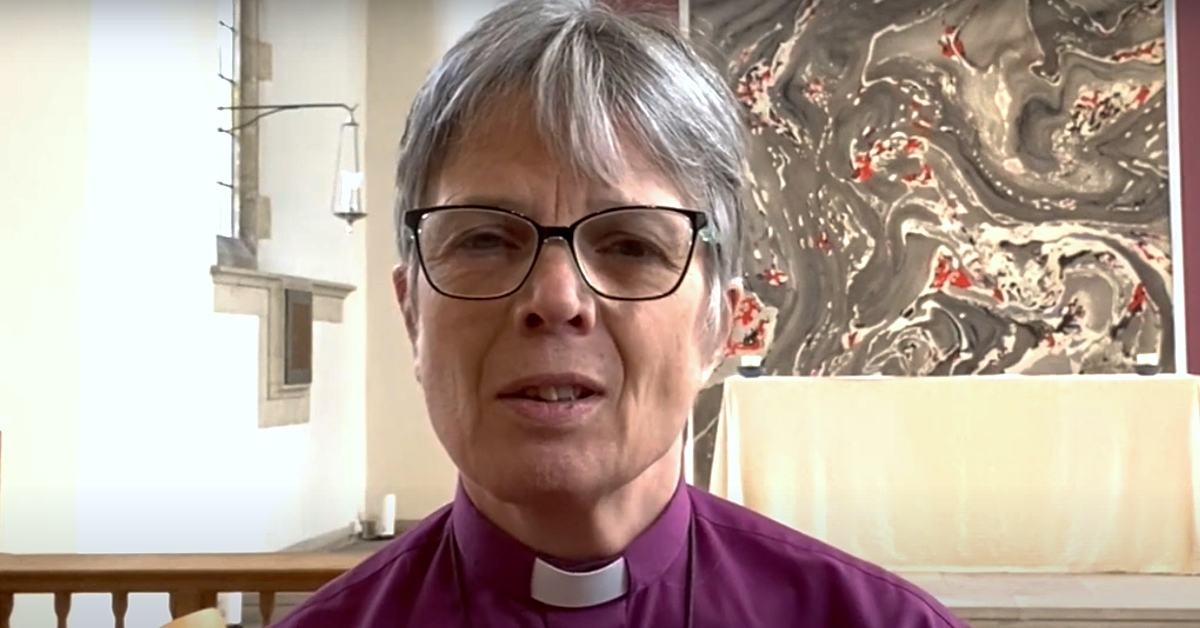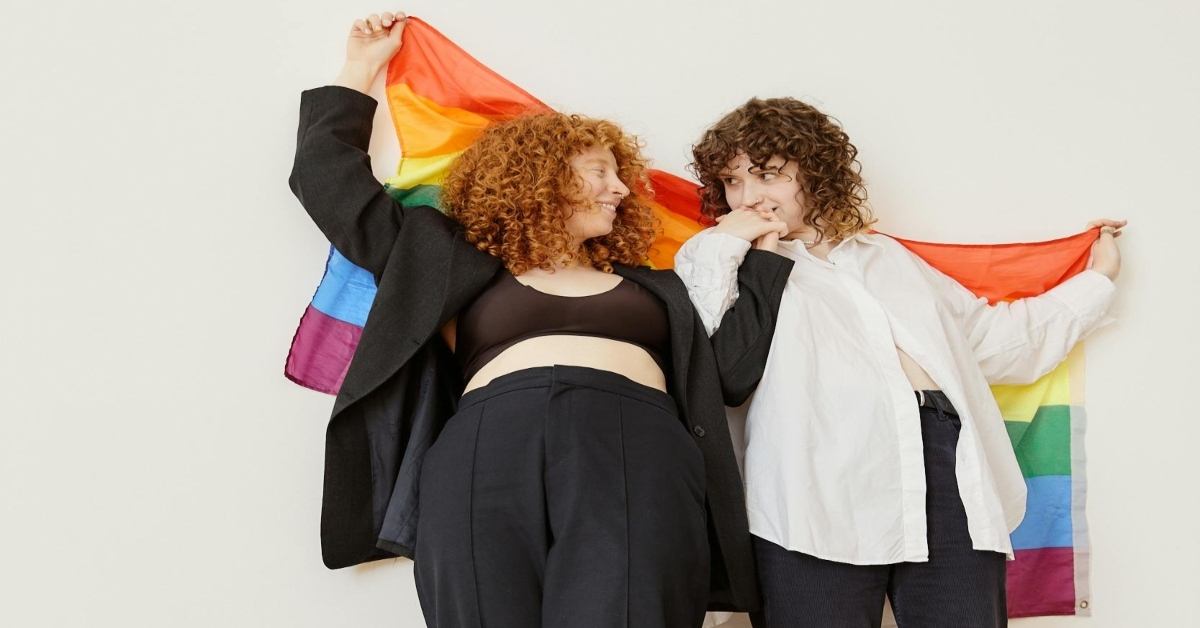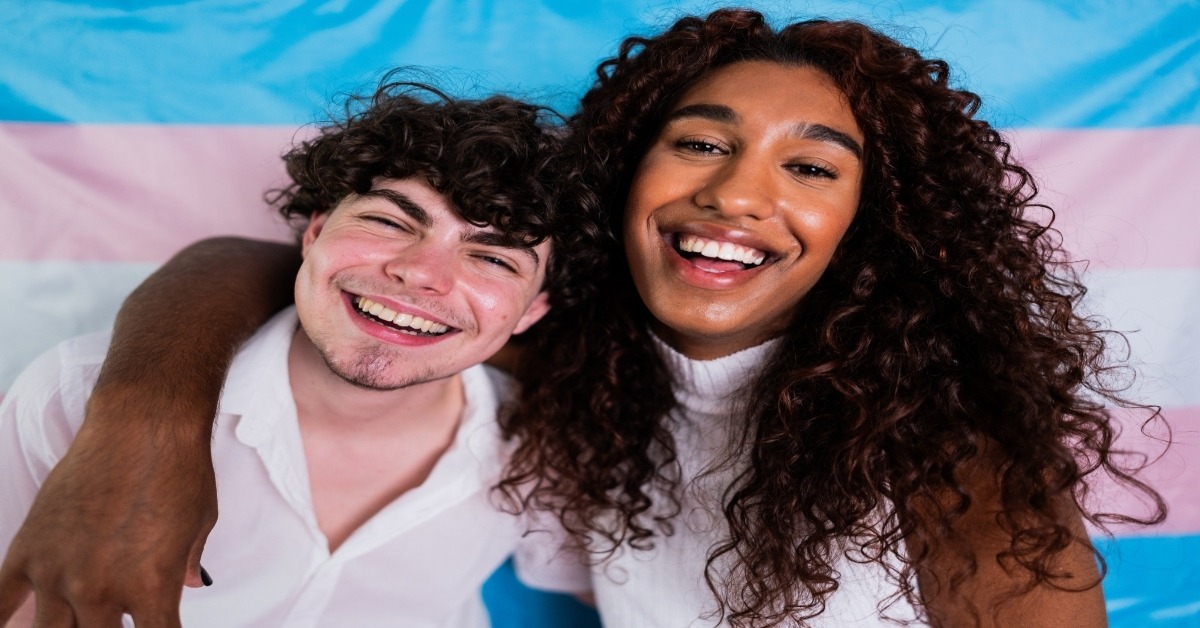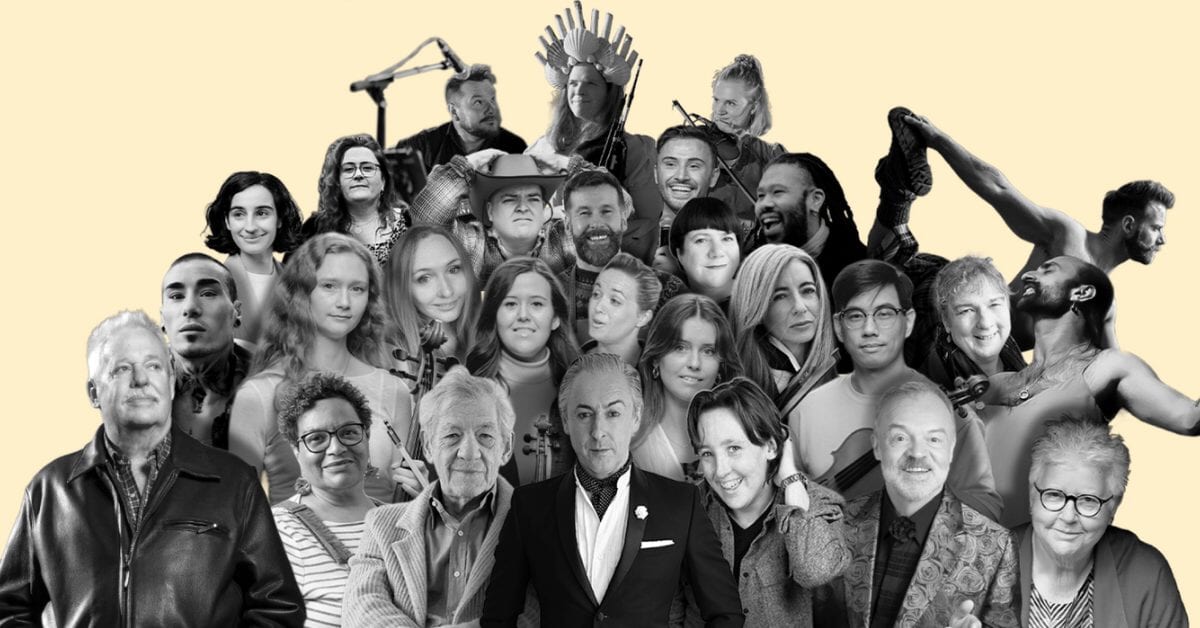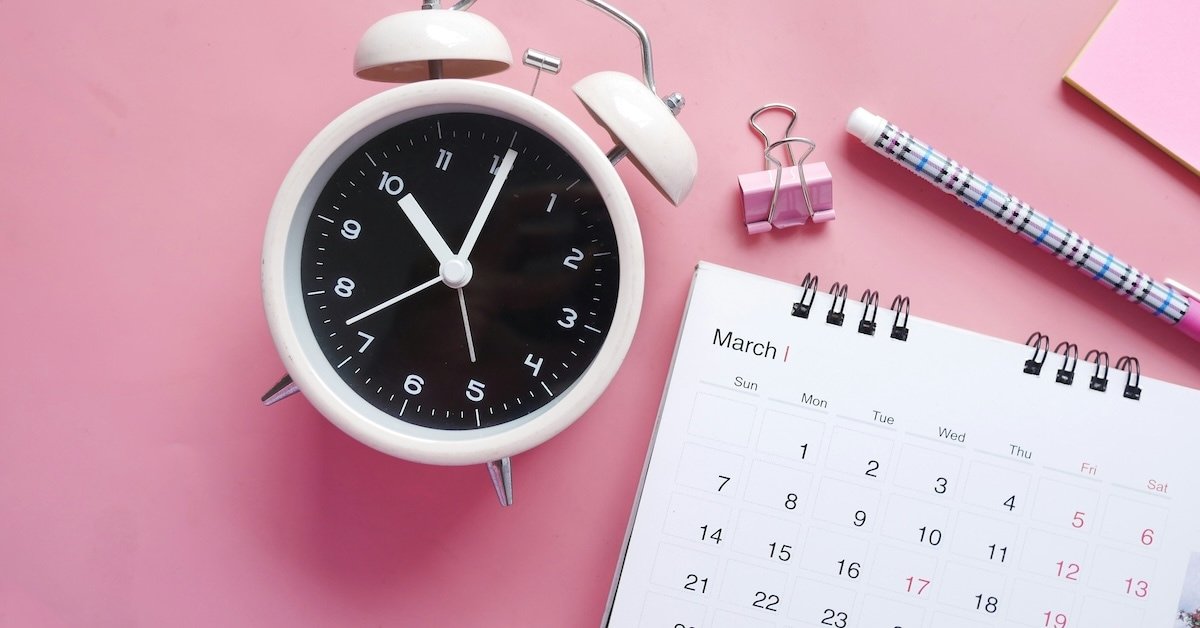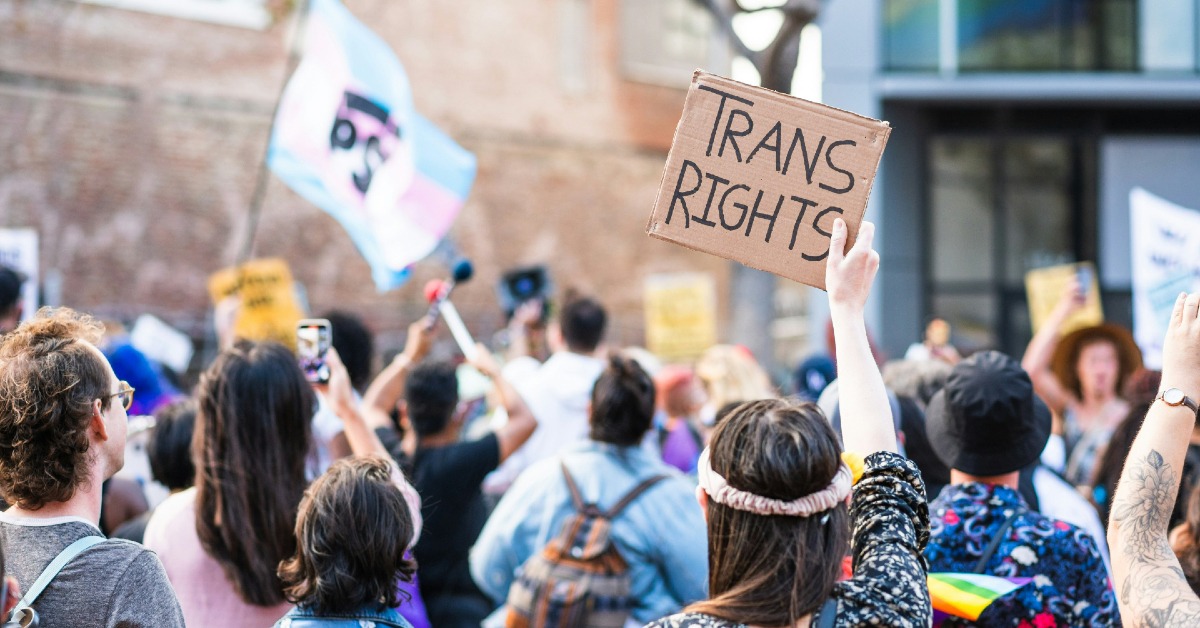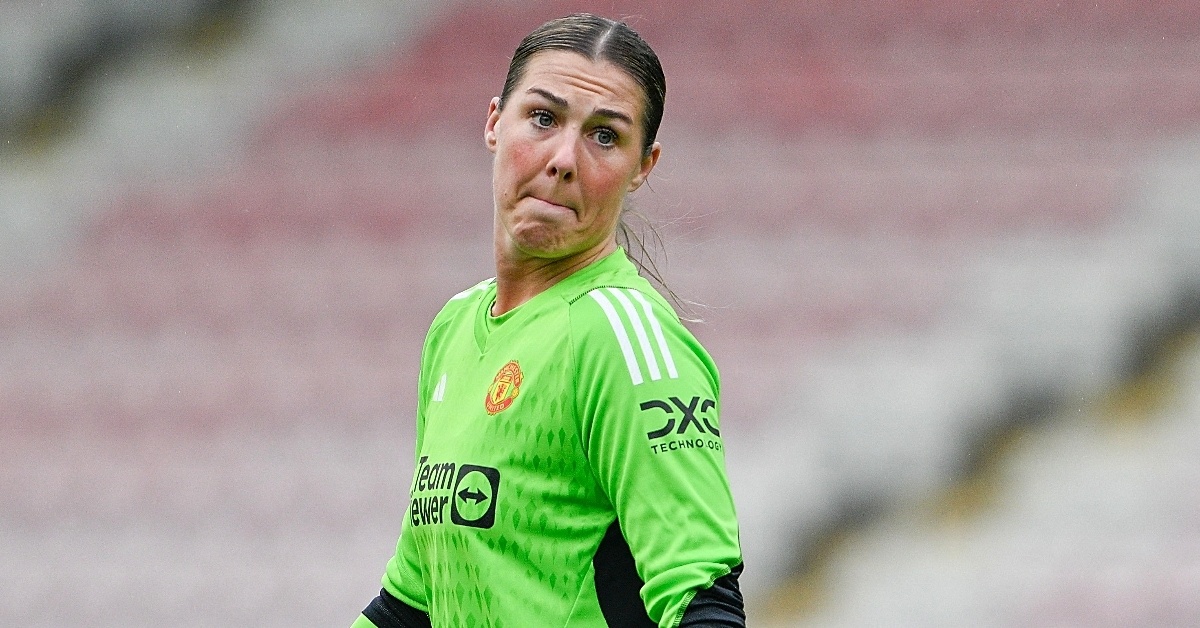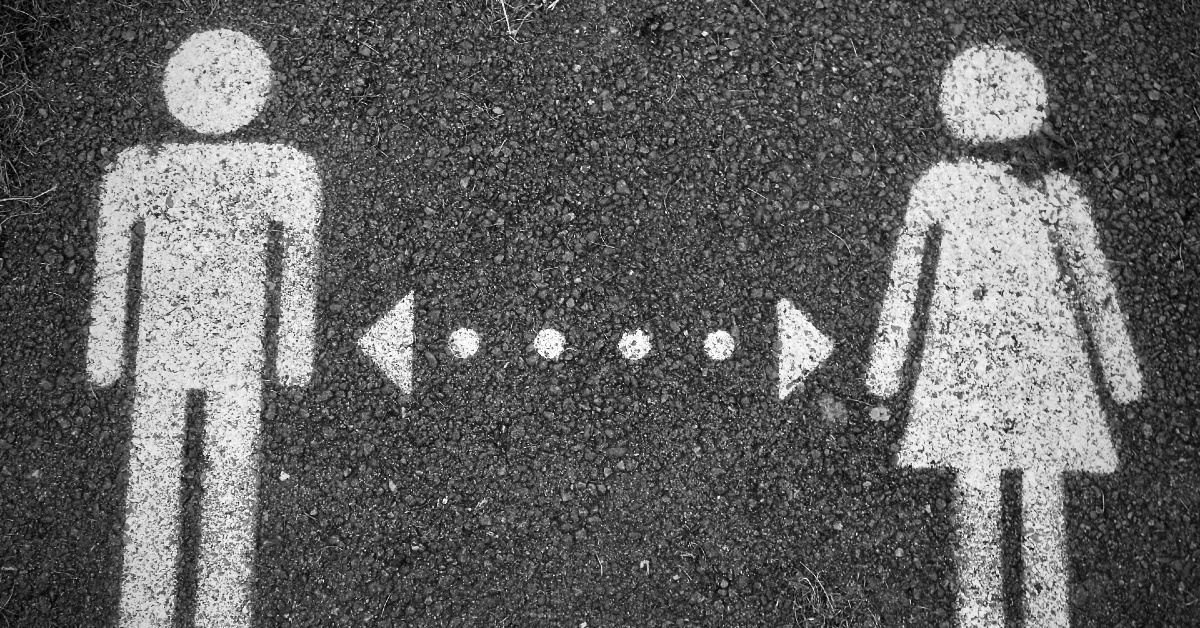BY: Ashley Blackwell
Published 7 months ago
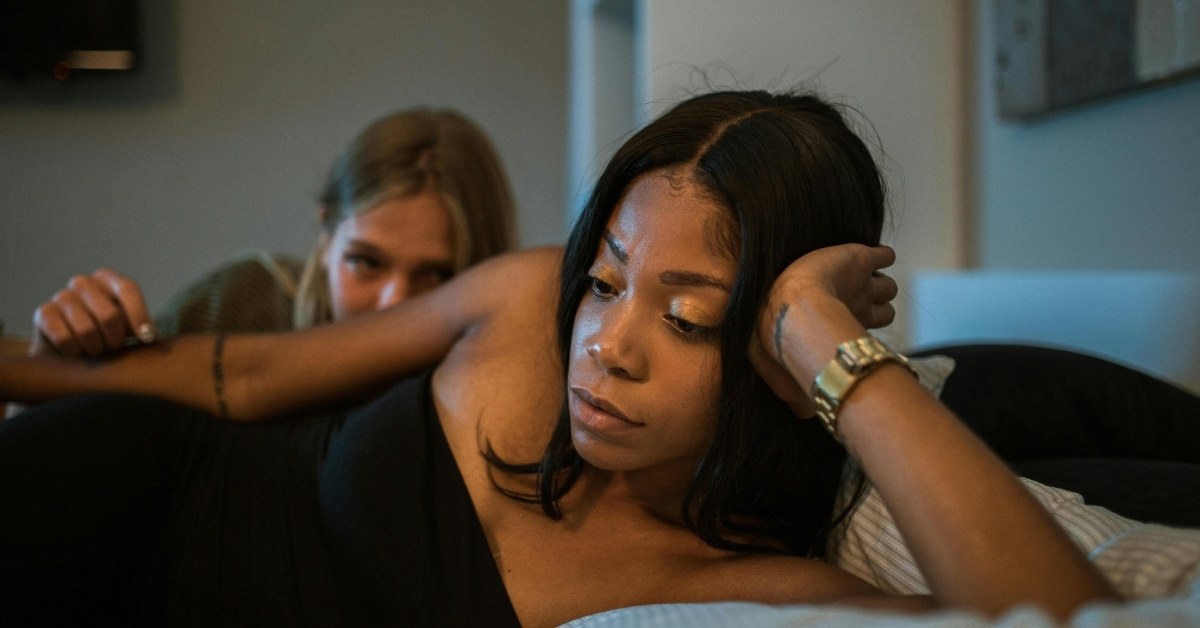
Mental health is real… and it matters. An April 2025 ONS gay, lesbian, and bi self-harm study proved that there’s an alarming rate of suicide among LGBTQIA+ individuals. Here’s a brief overview of the findings.
In a 2021-2023 analysis, the Office for National Statistics (ONS) surveyed the number of people (16 years old and up) who self-harmed or committed suicide in England and Wales, and the results of queer victims were disturbingly higher in comparison to those who identify as heterosexual.
According to the non-ministerial government department, the UK-based organization linked data from a census questionnaire to death registrations and administrative NHS (National Health Service) hospital records to come up with their estimation based on the citizens’ sexual orientation.
As stated in the official release on their website, the age-standardized rate of intentional self-injury for those within the LGBTQIA+ community was 1,508.9 per 100,000 people in England and Wales between March 2021 and December 2023, while the discovery for those labeled straight was 598.4 per 100,000 people.
The research details furthered, “Compared with people identifying themselves as ‘Straight or Heterosexual,’ [the] risk of intentional self-harm was 2.5 times higher for people identifying with a LGB+ orientation, 2.8 times higher for those describing themselves as ‘Bisexual,’ 2.4 times higher for those describing themselves as ‘Gay or Lesbian,’ and 2.2 times higher for those who selected ‘Other sexual orientation.'”
Startling enough, many of those displaying destructive behavior were between 16 and 24 years old. Additionally, the age-standardized rate of suicide for rainbow parties was 50.3 per 100,000 people, with heterosexuals coming in at 23.1 per 100,000 people. The risk for LGBTQIA+ members was documented to be 2.2. times higher as well. Shockingly, the percentages for females on the spectrum had a larger estimation in both cases.
“Relative increases in risk of intentional self-harm for the LGB+ population compared with the ‘Straight or Heterosexual’ population were statistically significantly higher for females than males (2.8 times higher for females, and 1.9 times higher for males),” the study summarized. “Within the LGB+ population, the relative increase in risk for the ‘Gay or Lesbian’ population compared with the ‘Straight or Heterosexual’ population reached 3.0 times higher for females, compared with 1.9 times higher for males.”
Although the age-standardized rates of suicide for males (37.9 per 100,000 people) outweighed females (13.4 per 100,000 people) and both genders within the LGBTQIA+ collectively overrode calculation for the heterosexuals, the risk was (seemingly) higher for females during the 2021-2023 time window.
However, it’s important to note that these figures cannot guarantee that the person’s sexual orientation was the sole factor for these unfortunate events, but it has been deemed a major cause for concern.
For a more in-depth look at the breakdown, visit here.
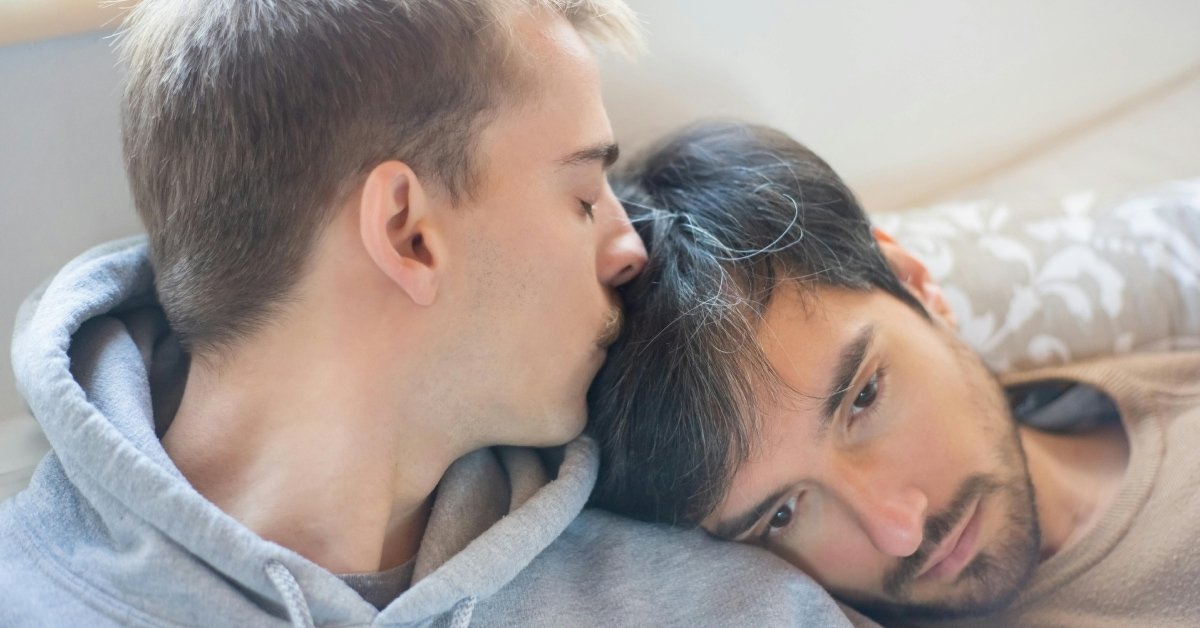
What the ONS Gay, Lesbian, and Bi Self-Harm Study Tells Us About the Need for More LGBTQIA+ Safe Spaces
Unfortunately, most of our siblings of color are suffering at the hands of coming to terms with who they are, battling what that looks like for their livelihoods, and pleading for acceptance from the ones they love for who they love. It’s a sad reality, but most would agree that LGBTQIA+ people still aren’t protected or respected enough in 2025.
Because of this, more and more sexual minorities seek solace in the void they’ve been conditioned to believe their life no longer holds. As a society, reminding those wondering where they fit that they can be free is the key to letting them know that the world is a much better place because they’re in it. Their beings are valuable — regardless of who their heart chooses to yearn for.
If you’re struggling to embrace your identity, you are not alone. Here are ways you can find a shoulder to lean on during this tough time:
- Call a support line (PFLAG has a list here)
- Join an online or in-person LGBTQIA+ group
- Talk to a licensed therapist to aid you in working through your feelings
- Read self-help books
What other outlets would you suggest for LGBTQIA+ support? Drop them in the comments below for our readers!
